Selective focus is another tool you should add to your photographic tool bag. When you’re a landscape photographer being able to focus to infinity is important, but is that skill really important for toy photography? What happens when you play with the focus point on your toys? Can you tell a better, or different story? In the fast paced world of social media, can you create an image that stands out when it’s initially hard to read? Lets find out…
What is Selective Focus
Selective focus requires a shallow depth of field. This means photographing using a wide open (or nearly wide-open) aperture setting. Something in the f2.8 – f3.5 range rather than the other end of the spectrum; f11 – f16. You can also effect your depth of field with a longer focal length on your lens or getting closer to your subject. Both a longer lens and getting close to your subject will shorten your focal plane.
A shallow depth of field allows you to blur the surroundings. When you’re able to do this, you can pick out one part of the image to bring into focus. You can isolate one aspect of the image that you want the viewer to focus on; to see first.
Even though you’ve isolated one aspect of the image to be in focus, you shouldn’t ignore the rest of your composition. By changing the angle you can draw your viewer into the image. You can also create pleasing blur around your focus point that will allow the viewers gaze to roam and linger on your image. Even though the image may be primarily blurred, you want to create a reason for your viewers gaze to wonder through the image.
Which tells a better story?
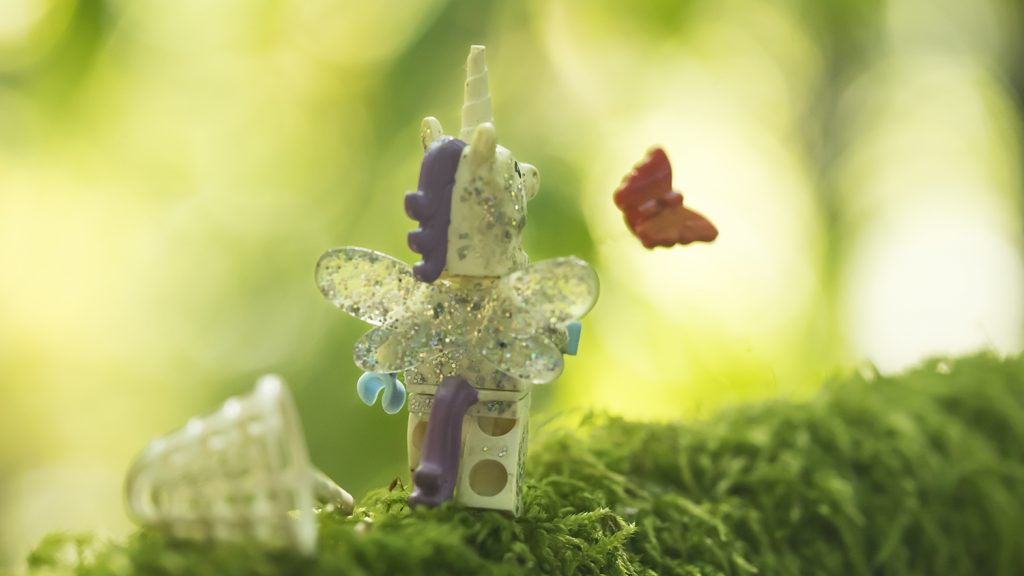
Option A: with the fairy unicorn in focus the story revolves around the chase and the details of the figure.
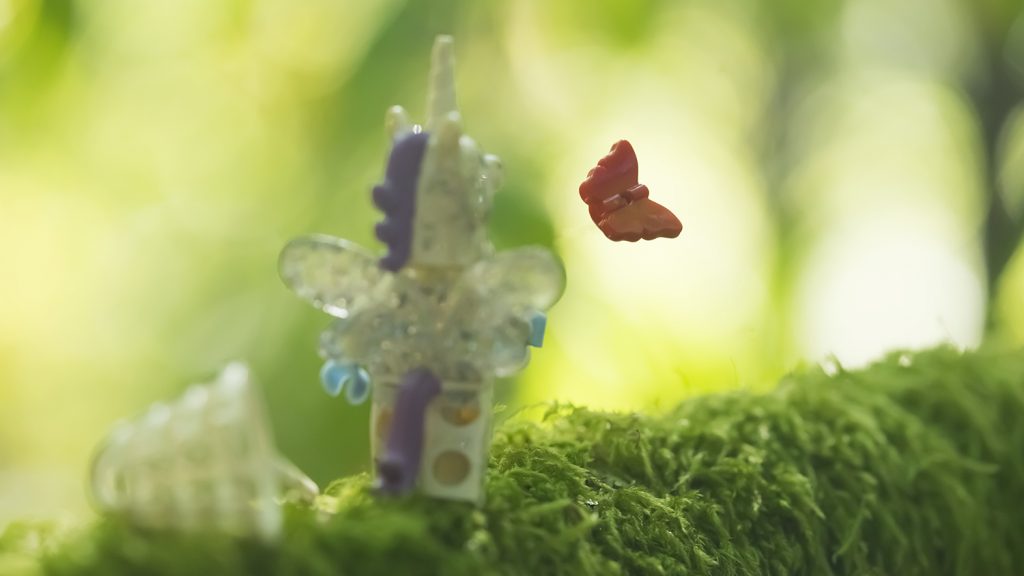
Option B: with the butterfly in focus, the story revolves around his presumed escape.
More Examples of Selective Focus
I asked my friends in the Toy Photography Moderators group to contribute their images of selective focus. When you’re looking at these images think about the following questions:
- How does the focus change how you relate to the image?
- Do you find yourself slowing down to look at the image closer?
- By leaving out the details, can you tell a more complex story?
- Do you need to see a toy clearly to recognize their identity?
- Is there still a feeling of depth in these images with a shortened depth of field?
- Are you drawn into the image by following the path of focus?
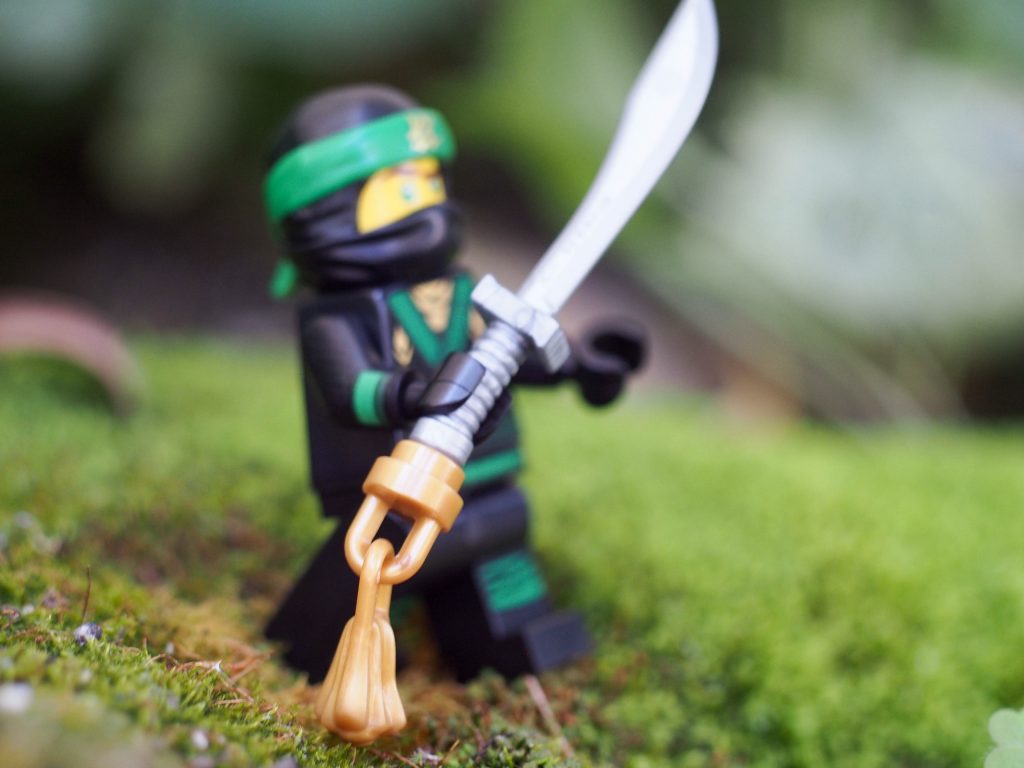
Ninja by Julie Blair
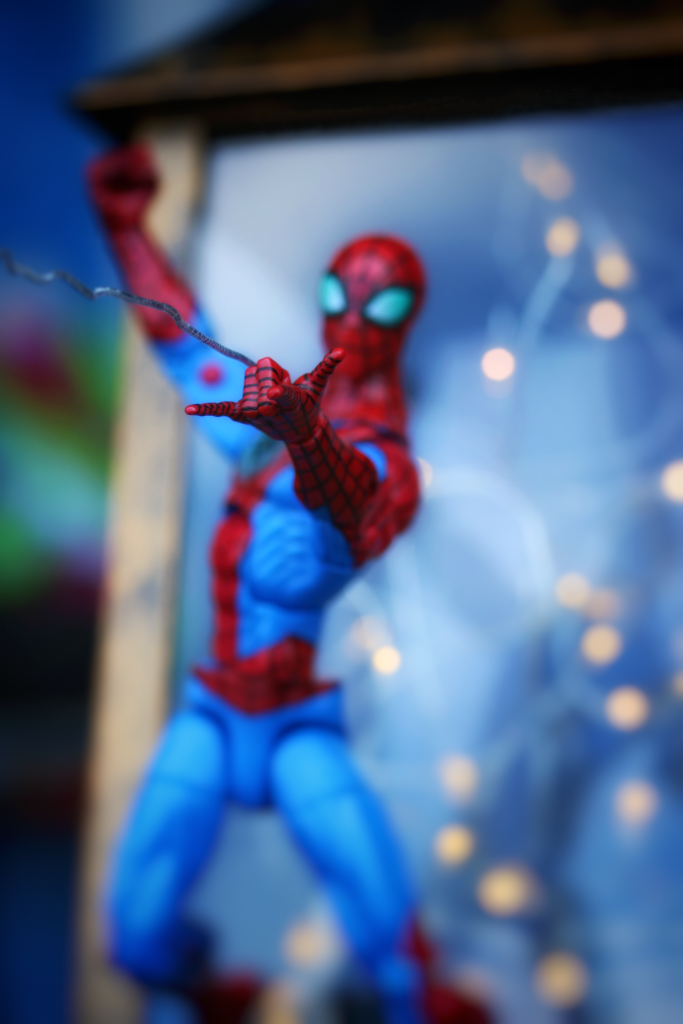
Thanks for 55 years Spidey! by Jason Nvrmore
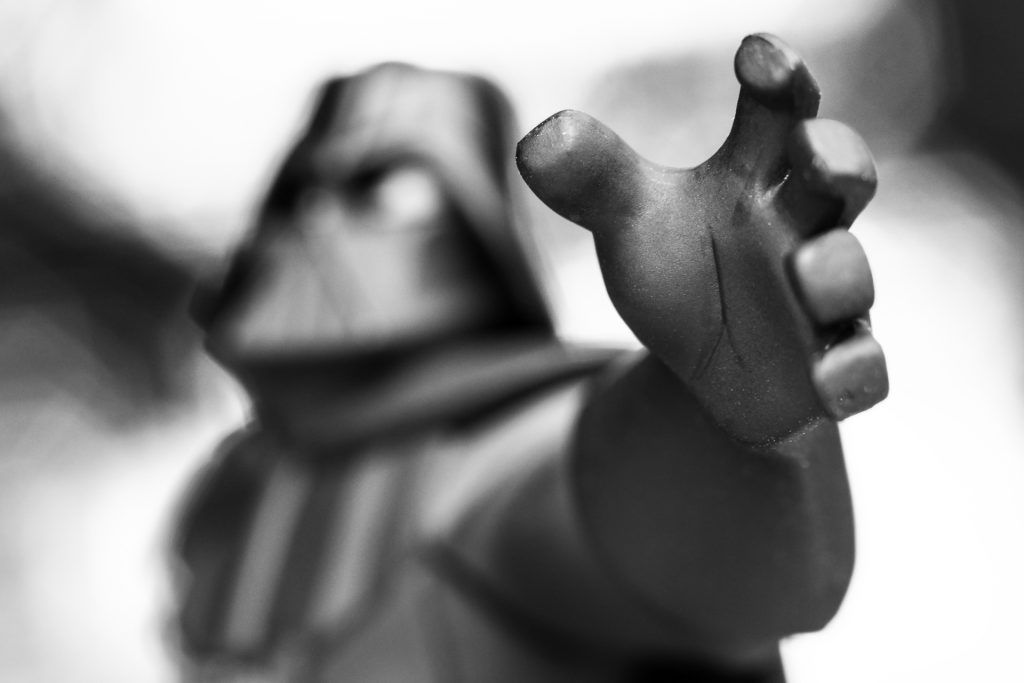
I find your lack of faith disturbing. By Tony Tulloch
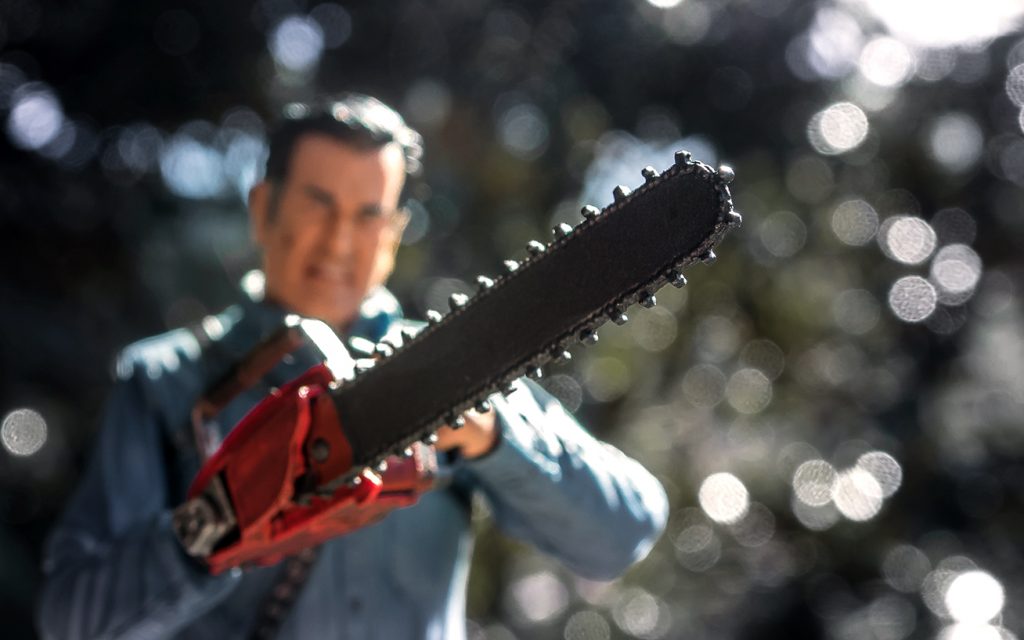
Mondays by Brett Wilson
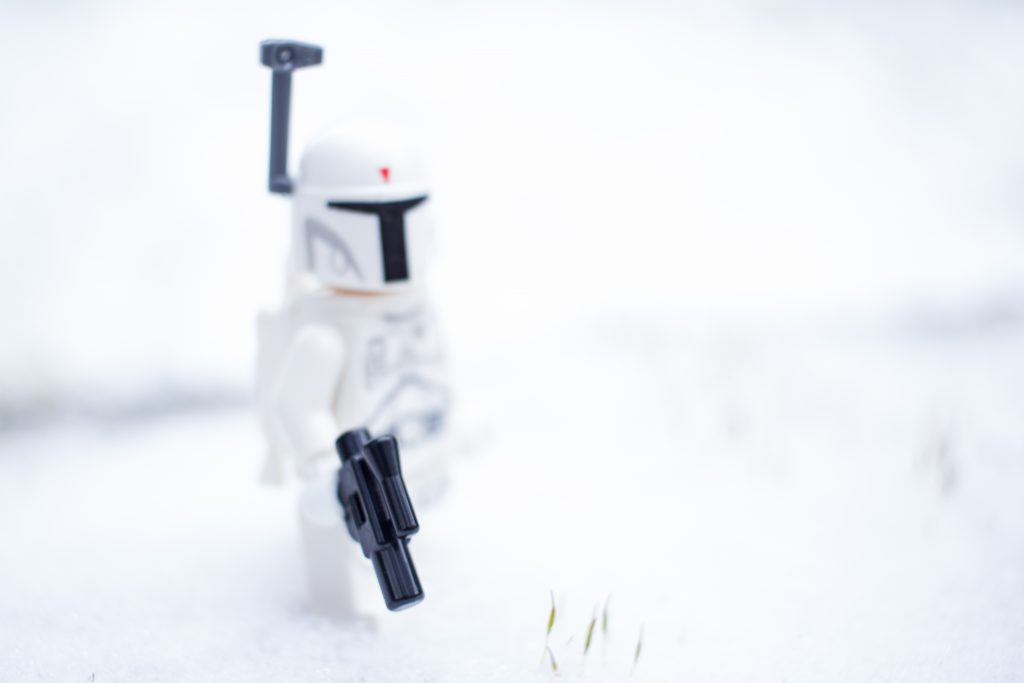
Boba Fett by James Garcia
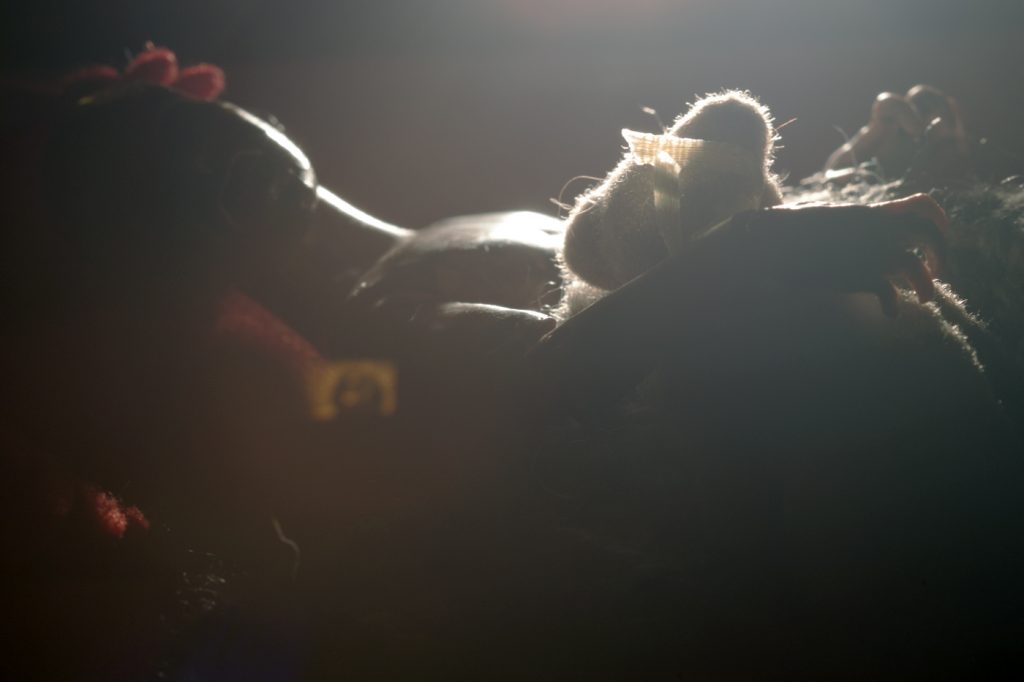
Misunderstood Children By Jennifer Nicole Wells

Stormtrooper by Kristina Alexanderson
Move beyond focus
I would encourage you to play around with what is and what isn’t in focus. Decide in advance what you’re trying to say with your image. Once you determine that, you will be able to decide what your primary focal point should be. Play around with angles and point of view. Mix it up. Make your audience work for it. I assure you, they will thank you for it.
And once you get comfortable with selective focus, considering moving into blur photography.
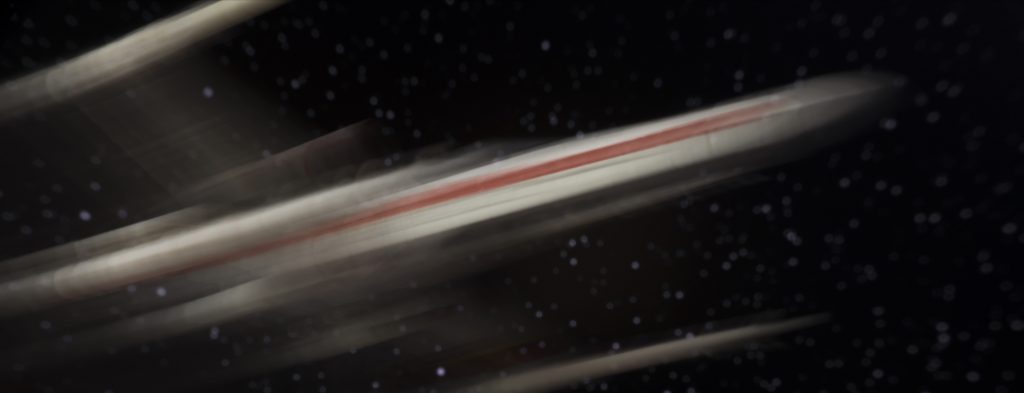
By Tom Milton
Because who says anything has to be in focus to tell a good story.
Shelly
While this post is primary aimed at photographers using DSLR cameras, you can emulate this effect by using the Tilt Shift option on your editing app. There are also stand alone apps like Big Lens that will help you emulate this effect. Don’t be afraid to experiment! You’re creating art; there are no rules. 🙂
And if you’ve made it this far I encourage you to sign up for our weekly email round-up. Or join our G+ Community were we hold monthly contests with prizes for the winner!


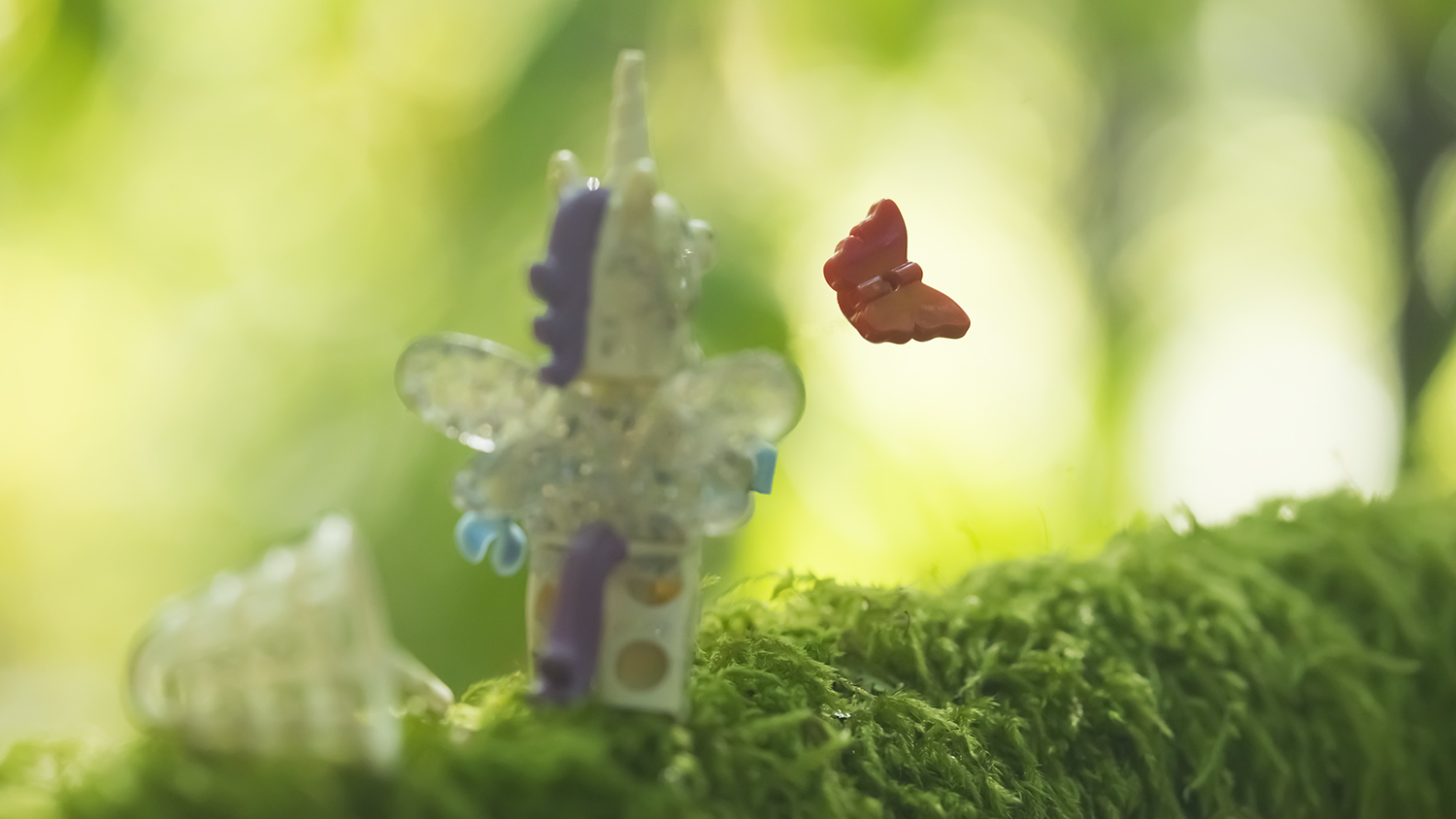
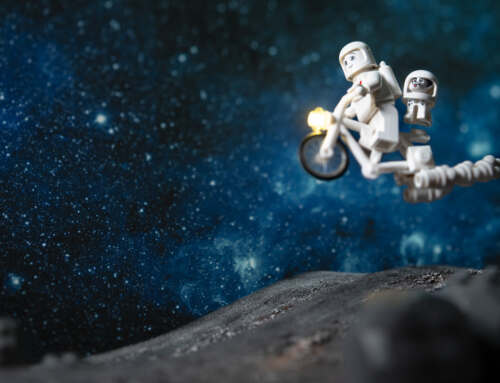
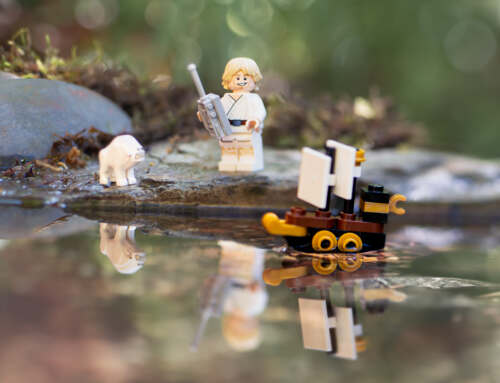
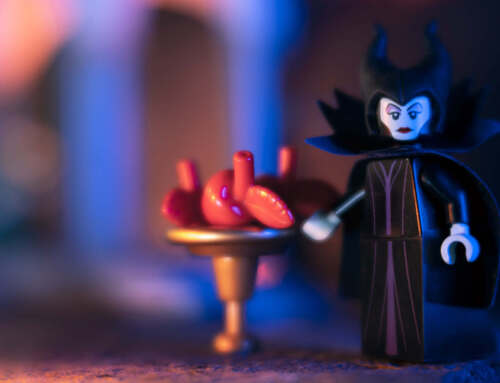
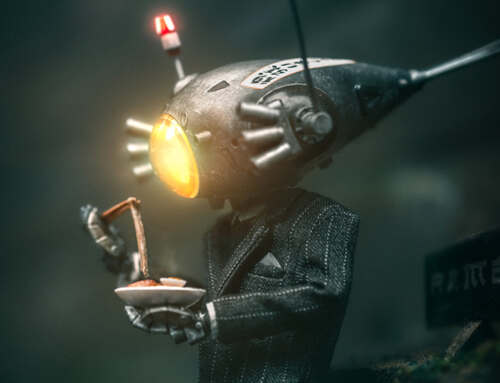
Excellent piece Shelly! Selective focus is a technique I really like, but not one I use very often. I guess I don’t experiment as much as I should. I’m definitely bookmarking this post for times when I need some inspiration or new ideas.
Like you, I find that selective focus can be a great storytelling technique. It’s simple but the way you draw someone’s eye to a particular part of an image can dramatically change the story. Like your unicorn image – a wonderful shot and perfect example of how the entire image changes once you shift the focus.
Thank you James. I think this is one of the posts that talks about a technique many of us use already, but simply don’t know the name. Plus I think that since most of the characters we photograph are so well known, that taking photos that are out of focus or are blurry can be more interesting. It’s not like we all cant immediately recognize a storm trooper or an x-wing. Thanks so much of your support and helping me illustrate my post with your most excellent photo. 🙂
A very good tip Shelley. I do use selective focus occasionally and it really does make a difference. It can add so much more drama and emotion to what would otherwise be just a pretty picture.
Thank you Ann. I think that we toy photographers can push the envelope more than we do. Since our subjects tend to be so recognizable I think we have more latitude. Like you i think selective focus can really add to the story. Pretty pictures are nice (i know I take many!) but sometimes a photo that makes you think is a nice change of pace. Cheers and thanks for your comment!
This is an excellent post Shelly! I often forget about selective focus, so I really enjoyed reading this. I think sometimes I spend too much effort trying to make everything sharp. I’ll definitely have to play with this technique in the future! Thank you for the inspiration!
Lynn
This is such a great post beautifully supported by wonderful photos from the gang!